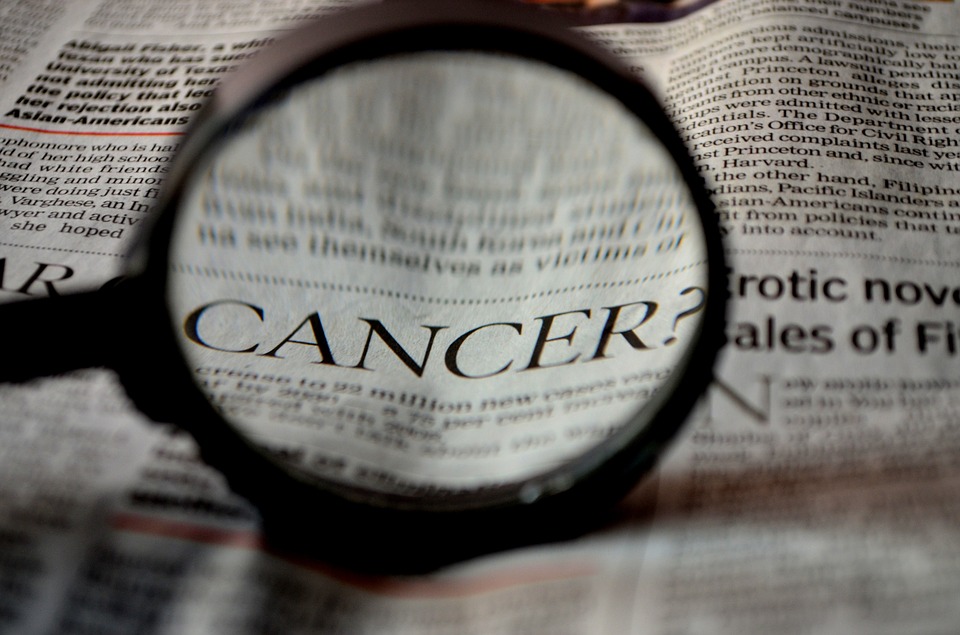





TheTwinDoctors.com is the creation of twin OB/Gyn Doctors Jamil and Idries Abdur-Rahman. Jamil (Dr. J) and Idries (Dr. I) were inspired to start TheTwinDoctors.com after participating on season 22 of CBS’ ‘The Amazing Race’.

by Idries Abdur-Rahman (Goodreads Author),
Jamil Abdur-Rahman MD, Nikia Bilal (Editor)
 October 4, 2018
October 4, 2018

UA 767-300 Polaris Chicago-Chicago-London (eventually)

Top 5 Travel Destinations to Visit in Iceland

The Twin Doctors, 25 Tower Court, Suite B, Gurnee Illinois, 60031

© 2025 TheTwinDoctors.com. Copyright 2020-2021 TheTwinDoctors.com. All rights reserved.